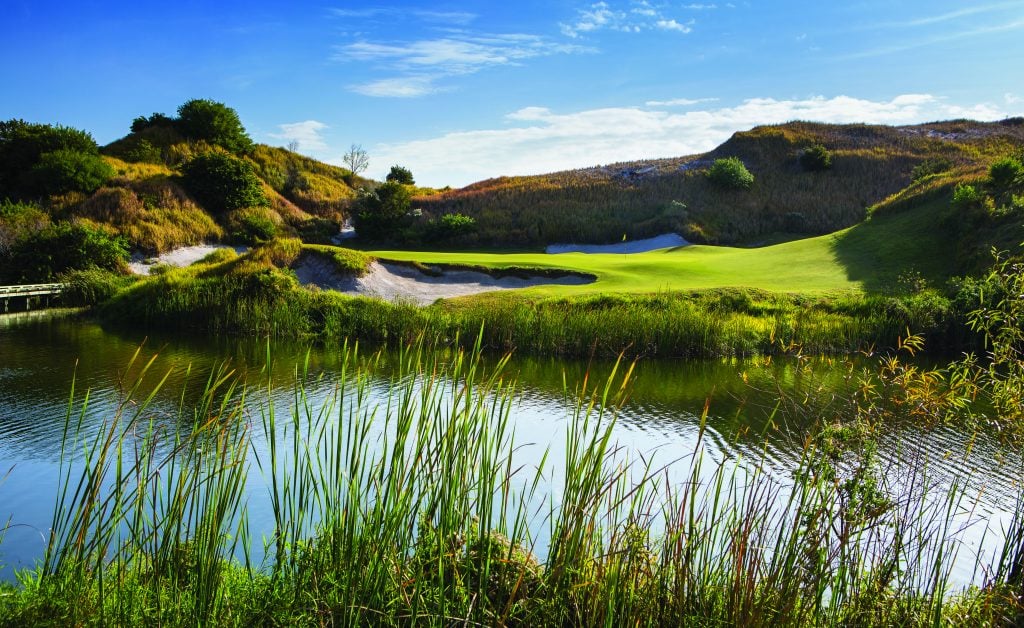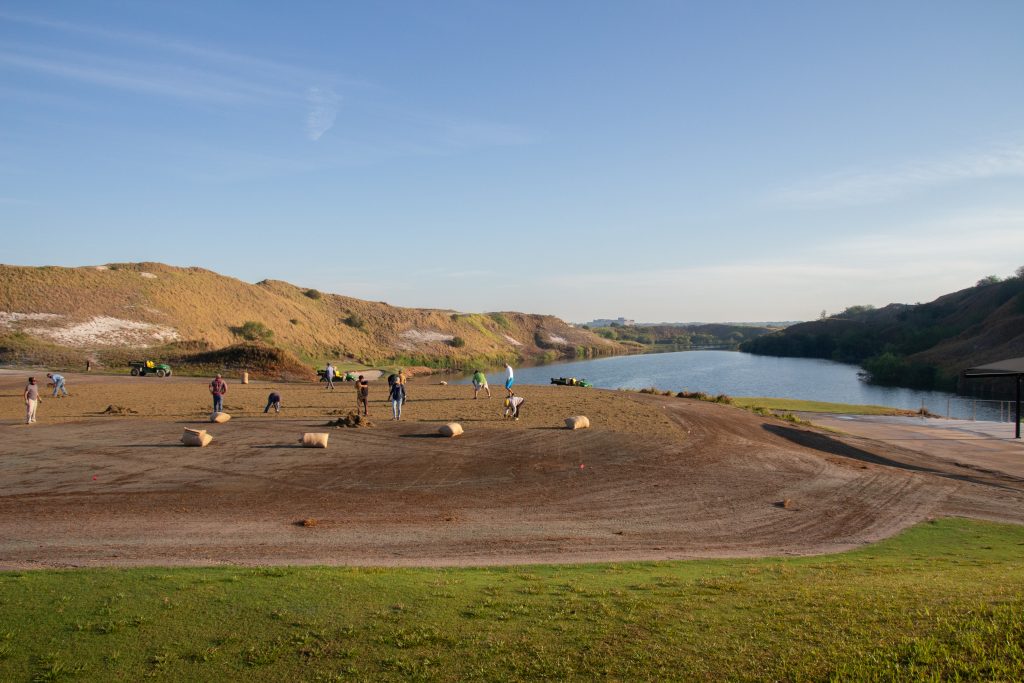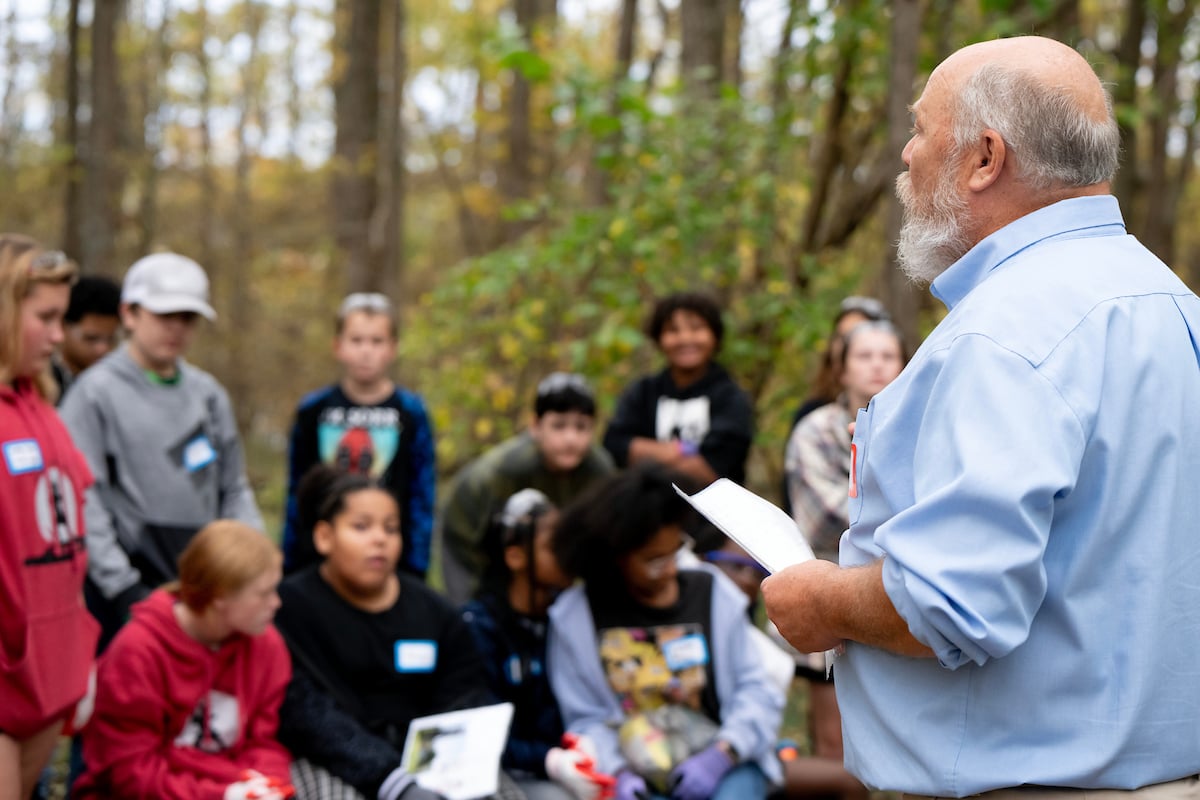Getting to the Real Budget–and Beyond!
Do you often wonder why some salespeople always seem to outsell the competition? They are not doing it with some magical formula as you might...
Pulling into Streamsong Resort between Tampa and Orlando, you’d never believe you were in Florida, much less on a former mining site. Of course this was all done by design—and an innovative one at that.
“If you parachuted me into Streamsong and you gave me 75 guesses as to where I’m at in the world, my 73rd guess might be somewhere in Florida,” golf course architect Tom Doak famously said.
The 16,000-acre site’s unique rolling hills and lakes were created by the mining operations of The Mosaic Company, the world’s largest supplier of phosphate-based crop nutrients. The global firm chose this particular site in Polk County, Florida around 50 years ago. Once covered in water, the area has been nicknamed “Bone Valley” for its sheer number of fossils, leaving the land rich in phosphate—a gold mine for a company like Mosaic.
When mining occurs, the ore body containing sand, clay and phosphate is extracted from below the surface. A separation process known as beneficiation liberates the phosphate from the sand and clay with the latter components being returned to the mined-out areas. As a result of this process and the way the sand was pumped back to the Polk County site, dramatic dunes were left.
According to federal reclamation laws, all mining sites must be converted back to how the land was before or made better. Other mining sites in the U.S. have been converted back to their natural landscape or made into public parks, but Mosaic had a grander plan: a world-class golf course in a state that already had over 1,000.
Mosaic called on some of the world’s best golf course designers—Tom Doak, Bill Coore, Ben Crenshaw and Gil Hanse—to help them, making Streamsong the first resort in the world to have courses built by four of the top golf-course architects.
Mosaic opened its Streamsong Red and Streamsong Blue courses in 2013 and its Streamsong Black in 2017—all immediately received accolades and awards from players as well as Golf Digest, GolfWeek and others.

With the unique topography and vast land, the three distinct courses feature surprising elements, from tee boxes perched on tall sand dunes to wide greens, links-style fairways and challenging water hazards.
“Mosaic didn’t want to compete with other golf courses in Florida,” says Rusty Mercer, long-time agrologist at Streamsong. “From the beginning, we had a completely different mindset. The landscape here makes us different and surprises everyone, which is why it attracts golfers from all over the world. It’s natural, it’s raw, it’s throwback golf. We’re not looking for pretty or pristine, we’re looking for bounce and roll. It’s almost a contemplated neglect we try to achieve every day.”
But looking effortless actually takes tremendous work. Before it was developed, the site had plenty of sand, an important—and expensive—asset for building golf courses. But sand presents many challenges as well.
“Sand doesn’t hold water or nutritional elements so we’ve had to exercise a lot of patience and perseverance,” Mercer says.
Other companies would have brought in outside soil before planting the greens and fairways, but Mercer wanted a more uniform effect. He and his team planted grass directly on the site’s exposed sand—eventually converting that sand into soil.
“There’s a dynamic system underground of trillions of living microbes, fungi and nematodes, and if you manage that sub-surface correctly, you can create soils,” Mercer explains. “We triggered microbial activity, feeding microbes with organic fertilizer like chicken manure and molasses and were careful not to over-fertilize with synthetic nitrogens. If you do this at the proper times, those dead roots and shoots and rhizomes will convert to humus. The process begins almost immediately and never ends. It’s been a giant laboratory [300 acres to be exact], to see what works.”
The symbiotic relationship of soil to grass and grass to soil has been a successful one. Ten years in, Mercer reports they’ve created six inches of carbon-rich soil on top of the sand.
With healthy soil comes good greens and with good greens comes great golf.

Selecting the right grasses for the course was not only important for irrigation, maintenance and enduring the Florida heat but for ball play as well. Mercer is currently in the process of replacing some of the original 419 Bermudagrass and MiniVerde greens on the Streamsong Red and Streamsong Blue to Mach 1, a new ultradwarf Bermudagrass, which is better for putting and requires less fertilizer.
“Streamsong will be the first golf destination in the world to offer Mach 1 on an 18-hole layout,” says Mercer. “It’s a genetically strong, high-end performing turfgrass that’s more sustainable and better for golf.”

For easier maintenance, growth regulators are used on the greens and the outside scruff is cut back, but remains natural and unmanicured. Native scrubs as well as grasses like Natal and Coton were moved around but were fortunately plentiful, so no new plants had to be purchased and brought in.
“It takes a lot of work in the natural areas so they don’t take over, so we’re constantly cutting back,” Mercer says. “We want a natural look but we don’t want anyone losing golf balls either. The vegetation is always changing and evolving so no two days looks the same.”
The effect is wild and rugged, beckoning the Old World feel of St. Andrews.
“Americans have the tendency of doing things bigger and better, but Streamsong shows them a different way,” says Mercer. “Everything doesn’t have to be perfect. The game was never meant to be played on fields like that.”
Alongside the three golf courses is a clubhouse, 216-room hotel with infinity pool, full-service spa, walking trails and a lake for bass fishing. Streamsong also has several on-site restaurants, including P2O5, the chemical formula for phosphate.
For more information, visit streamsongresort.com or mosaicco.com.

Do you often wonder why some salespeople always seem to outsell the competition? They are not doing it with some magical formula as you might...

Certified for Good: Klausing Group Becomes a B Corp For more than 25 years, Klausing Group has built landscapes that don’t just look good, but do...

Deckorators Launches Online Deck Visualizer To Empower Homeowners and Pros With Instant Deck Design Planning